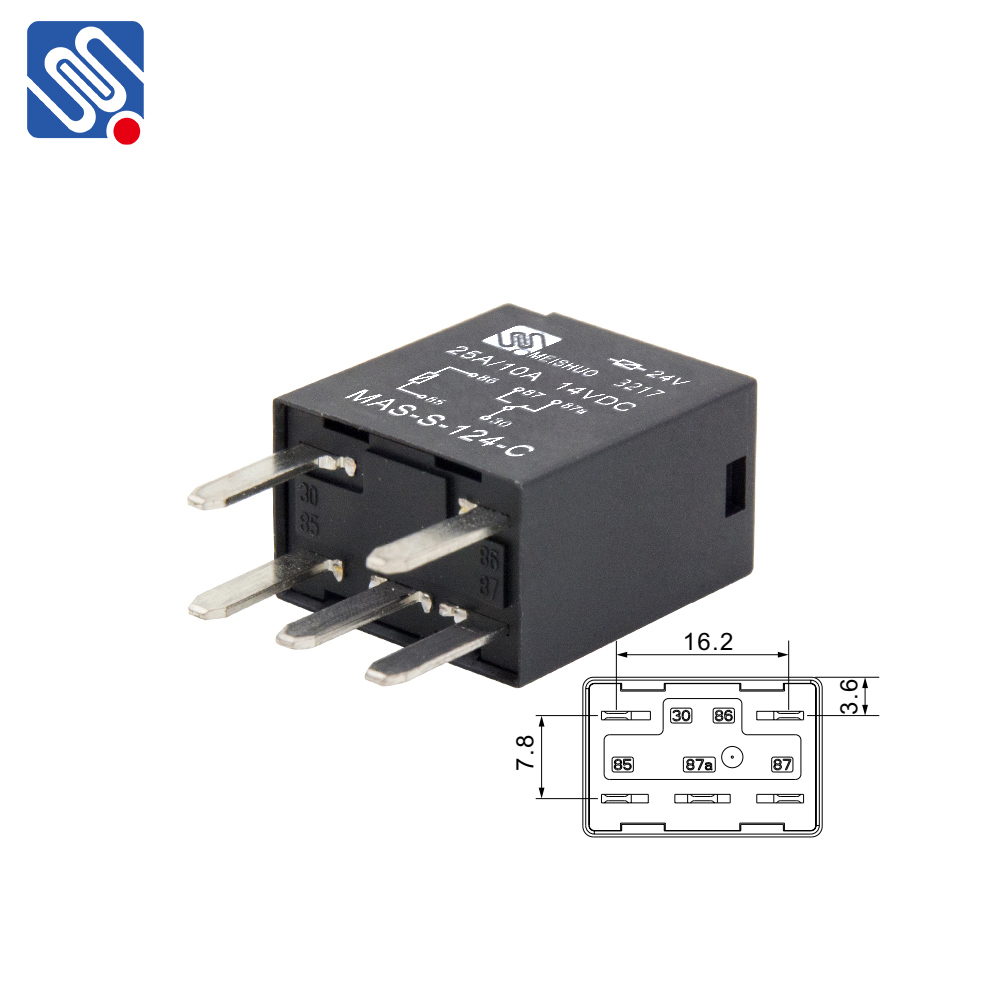Relay technology plays a pivotal role in the realm of electrical control systems, offering a versatile and reliable solution for automating circuit switching. Whether used in household appliances, industrial automation, or telecommunications, relays are integral components that provide essential control and safety functions. This article delves into the workings of relay technology, its types, applications, and benefits in modern electrical systems.

What is a Relay? A relay is an electrically operated switch that allows a low power signal to control a higher power circuit. At its core, a relay consists of an electromagnet (coil), an armature, a spring, and a set of contacts. When current flows through the coil, it generates a magnetic field that either attracts or repels the armature, causing the contacts to either open or close. This action controls the flow of electricity in a separate circuit. Relays are classified as either electromechanical or solid-state, with each type offering distinct advantages depending on the application. The basic function of a relay is to provide electrical isolation between the control and power circuits, allowing a small signal to control large currents safely and efficiently.